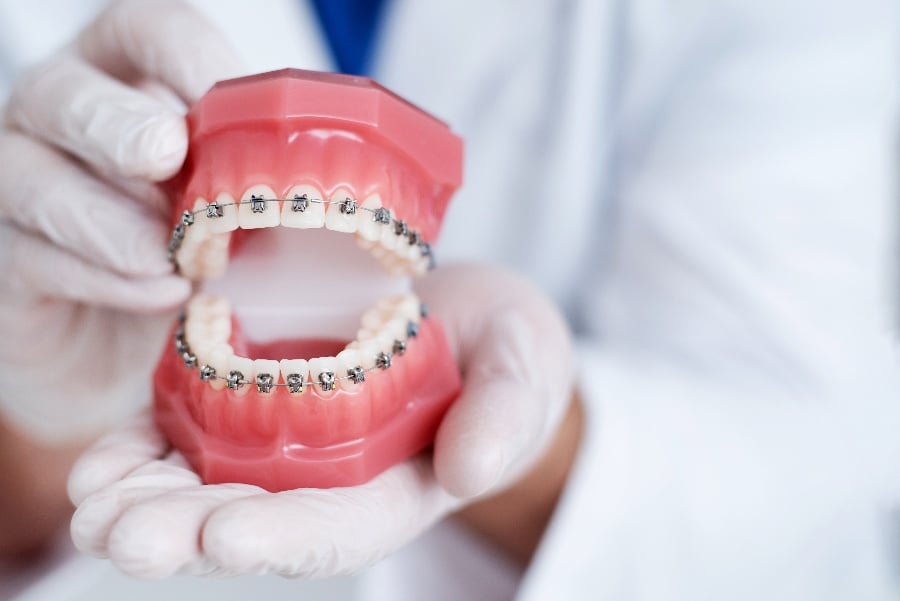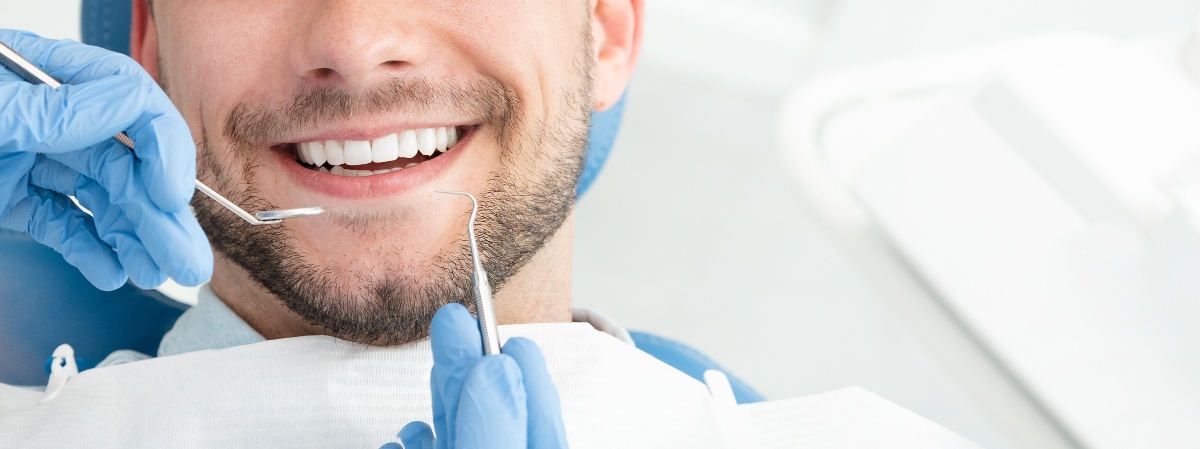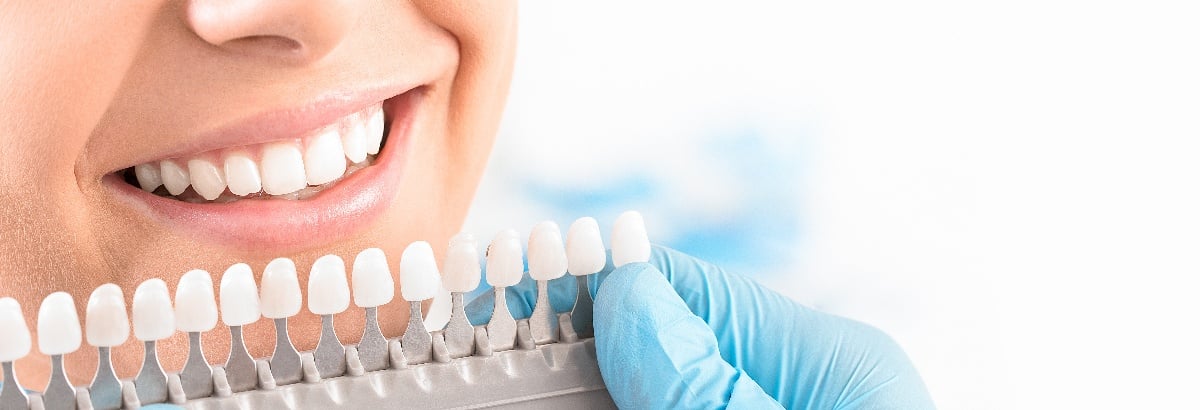A recent Kelton study found that women want a “glowing smile” above any other feature for an improved and confident appearance. Respondents focused on teeth throughout this survey that questioned them about what they prioritized for enhanced beauty.
The survey revealed that women with straight teeth are more likely than women with crooked teeth to “feel confident most of the time.” Additionally, more than one-fourth of those surveyed believed that straighter teeth would make them look five years younger.
The Functions of Teeth
The survey mentioned above highlights the aesthetic importance we place on teeth and their position. However, teeth have other essential roles:
- Chewing. Digestion begins in your mouth with proper chewing. Four different types of teeth help accomplish this crucial first step:
- Incisors. These eight front teeth cut food into smaller pieces but cannot grind food. They have the least biting force (95 pounds) of all your teeth.
- Canines. Also called cuspids, these four teeth are considered the most important teeth you have. Dentists are eager to protect and keep these teeth as healthy as possible. Canines are sharp and help tear food apart. Incisors and canines allow us to chew without cutting food into small bites.
- Premolars. You have two premolars, or bicuspids, behind each canine. With twice the biting force as incisors, premolars begin grinding food into smaller pieces.
- Molars. Molars have the most biting force (266 pounds) and are the primary chewing and grinding teeth that complete chewing before swallowing.
- Speaking. We see the vital role teeth play in speech when we listen to children missing their front teeth saying certain words. For adults, slight changes in the position of the front teeth can make significant changes in sounds such as s, f, and v.
- Breathing. The alignment of your jaws and teeth significantly affects how you breathe. Teeth that are out of position that does not fit together properly can contribute to breathing problems, such as sleep apnea. Another possible problem is airway obstruction when the misaligned teeth affect the tongue’s position.
- Height. Although your teeth do not make you taller, they affect the height of your face. Dentists call this height the vertical dimension of occlusion. This is an especially important measurement for patients having full mouth rehabilitation treatment. Misaligned teeth that affect facial height can cause sores on the corners of your mouth, TMJ problems, and a compromised facial appearance.
How Teeth Fit Together
You cannot judge a book by its cover. Nor can you assess your bite by your front teeth alone. You can have straight, white front teeth, but one or more teeth out of proper position can cause problems. Although your teeth only close together a few minutes each day, they are designed to fit together harmoniously.
Occlusion is the scientific term for how your teeth fit together. Your upper teeth slightly overlap and make contact with your lower teeth simultaneously. In addition, your back teeth have bumps, grooves, and landing areas that affect their fitting together.
Each tooth should also lightly contact adjacent teeth with no gaps between them. Gaps between teeth can cause cosmetic problems and allow plaque accumulation, leading to gum disease.
Causes of Tooth Position Problems
Some problems with the position of teeth are genetic. These include:
- Congenitally missing teeth.
- Supernumerary or extra teeth.
- Abnormal gaps between teeth.
- Crowded teeth.
- Disproportionate mouth and jaw sizes.
- Congenital jaw malformations such as cleft palate.
Acquired teeth misalignments can result from:
- Prolonged thumb-sucking.
- Tongue thrusting.
- Facial trauma, especially during childhood.
- Mouth breathing.
- Tooth extractions.
Types of Improper Tooth Positions
Dentists see the following teeth misalignments most commonly:
- Crowded teeth. Dental crowding occurs when adult teeth lack space to fit in a normal, straight position. Crowding causes overlapping or twisting of teeth.
- Overbite. While upper teeth typically protrude slightly beyond the lower teeth, excessive overlap causes a misalignment known as an overbite or deep bite.
- Crossbite. You have a crossbite if your upper teeth sit inside rather than outside your lower teeth when you close your mouth. This can involve one or several teeth in the front, back, or both.
- Underbite. An overgrowth of the upper jaw or undergrowth of the lower jaw can cause the lower teeth to protrude beyond the upper.
- Gap teeth. Most space issues between teeth cause oral hygiene difficulties. However, some can cause more severe problems, such as pockets in the gums around teeth.
- Open bite. This occurs when your top and bottom teeth do not come in contact when closing your mouth. You can have an open bite in the front or back of your mouth.
Problems Caused by Improper Tooth Positions
One dental anthropologist noted that for properly functioning teeth, they “must align to a fraction of a millimeter.” Evenly slight misalignments can contribute to problems, such as:
- Tooth decay and gum disease due to difficulty brushing and flossing thoroughly.
- Jaw pain or TMJ dysfunction.
- Premature wearing down of teeth.
- Periodontal disease.
- Chipped teeth.
- Gum recession.
- Difficulty chewing or speaking.
- Asymmetrical facial features.
- Halitosis.
- Mental health effects, such as lack of self-confidence, depression, and lower self-esteem.
Treatments for Improper Tooth Position
Several dental treatments are available for minor to severe tooth misalignments. The most common treatments include:
- Traditional metal braces. Metal brackets attached to teeth and orthodontic wire are used to move teeth into more favorable positions.
- Invisalign clear aligners. An alternative to metal braces is Invisalign clear aligners. This popular alternative features several advantages, including:
- More comfortable. The clear aligners are custom-made from smooth plastic with no sharp edges. Invisalign does not cause mouth sores typically experienced when wearing metal braces.
- Improved appearance. Invisalign aligners are clear and practically invisible.
- Easily removed. You can remove the aligners to eat, participate in sports, sing, play musical instruments, or for special occasions.
- Less office time. You spend less time visiting the dentist for adjustments, replacing damaged wires or brackets, and treating mouth sores.
- Better oral hygiene. You can easily maintain optimal oral health with normal brushing and flossing.
- Porcelain veneers. Minor problems, such as gaps between front teeth, can be treated with porcelain veneers. These thin porcelain shells require minimal tooth preparation and are custom-made for a natural appearance.
- Porcelain crowns. Crowns can be used to change the shape or repair damaged teeth for correction of minor tooth alignments that require no tooth movement.
- Dental implants. When missing teeth contribute to misalignment, implants are often used. Implants can be used to replace single or multiple teeth.
- Full mouth rehabilitation. Misaligned teeth can damage teeth throughout your mouth, causing worn, broken, or missing teeth. When this occurs, full mouth rehabilitation can restore your smile and the normal functions of your teeth.
Schedule an Appointment
Invisalign, Full Mouth Rehabilitation, and other dental services can help you have straight teeth and a bright smile. Contact us online or call us to schedule a comprehensive oral examination.





